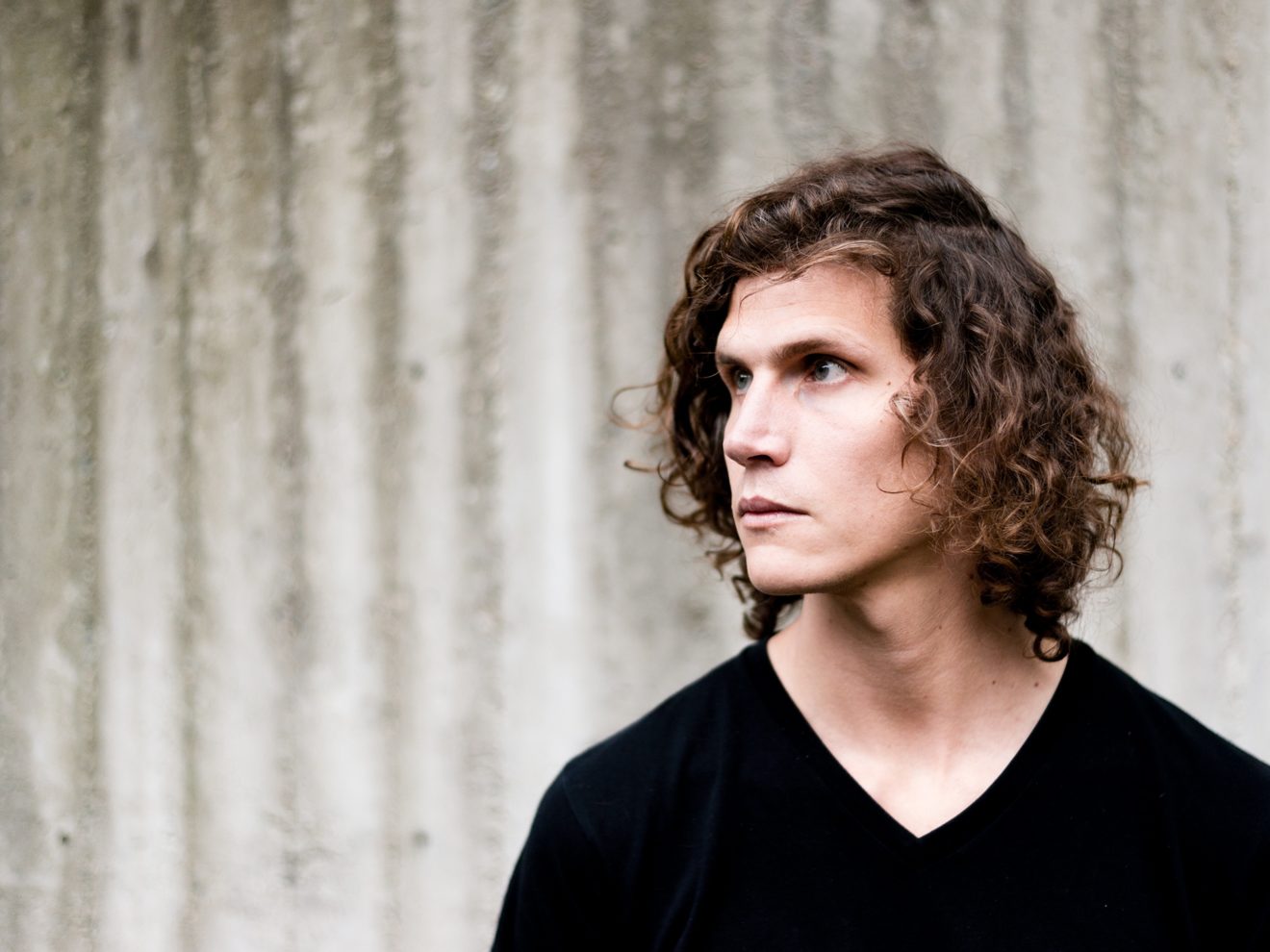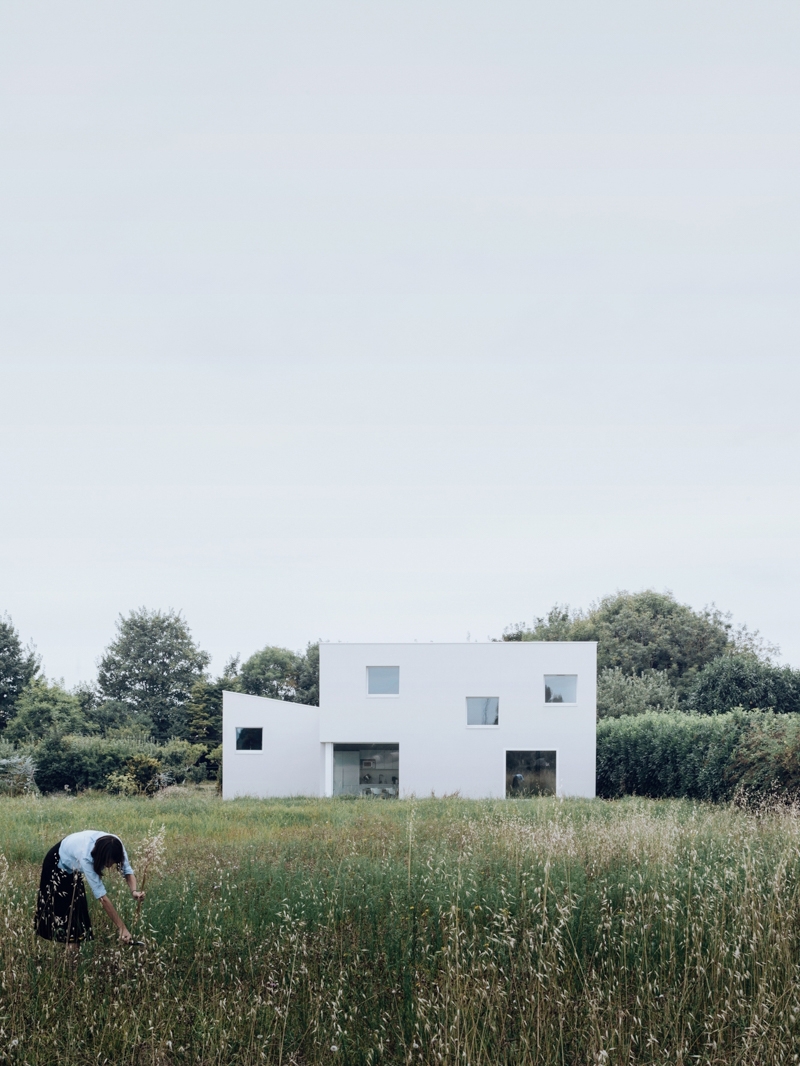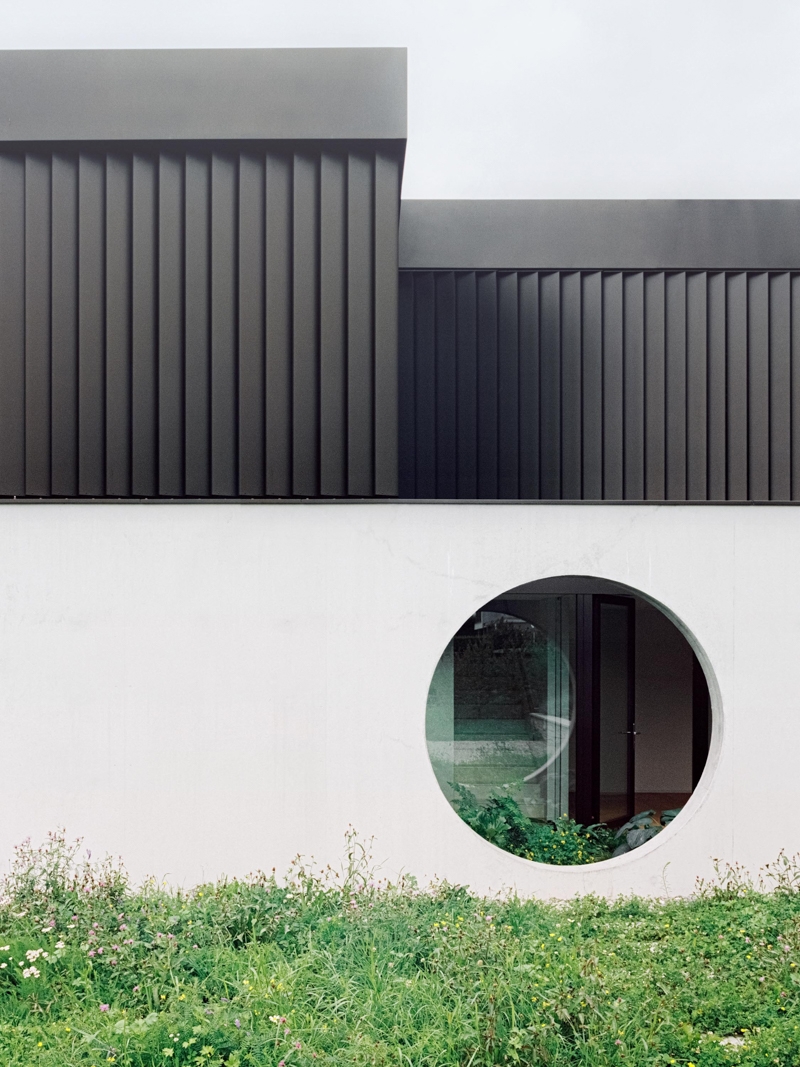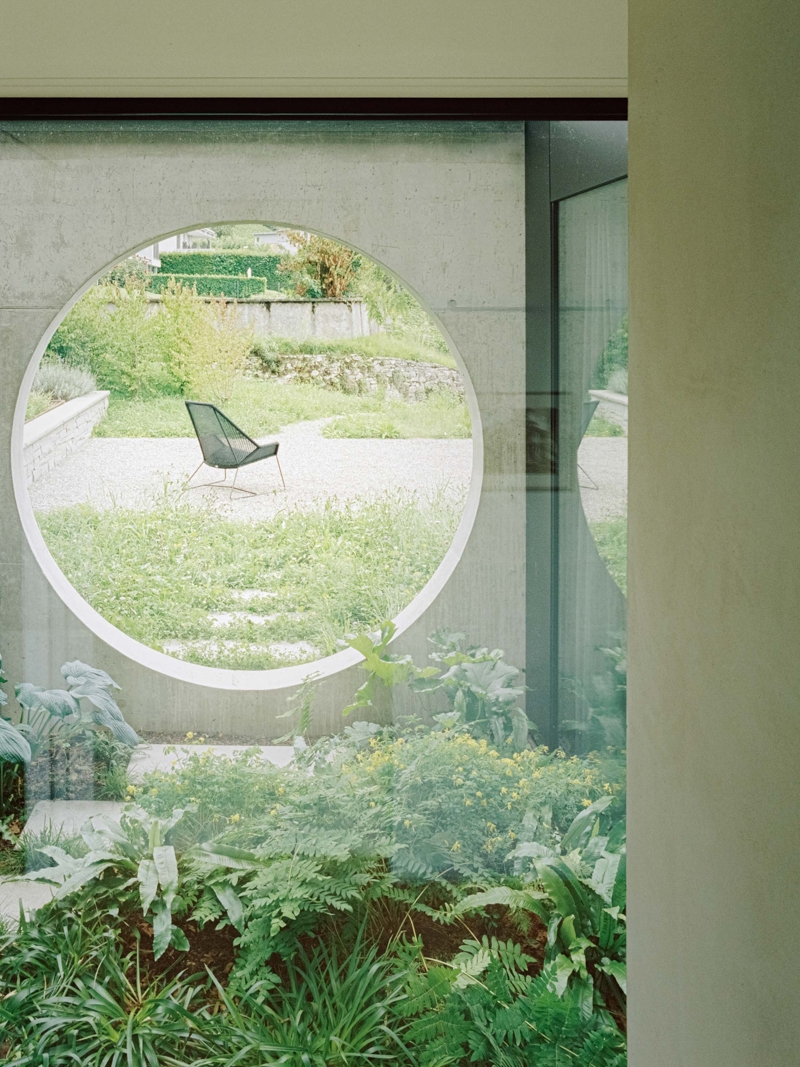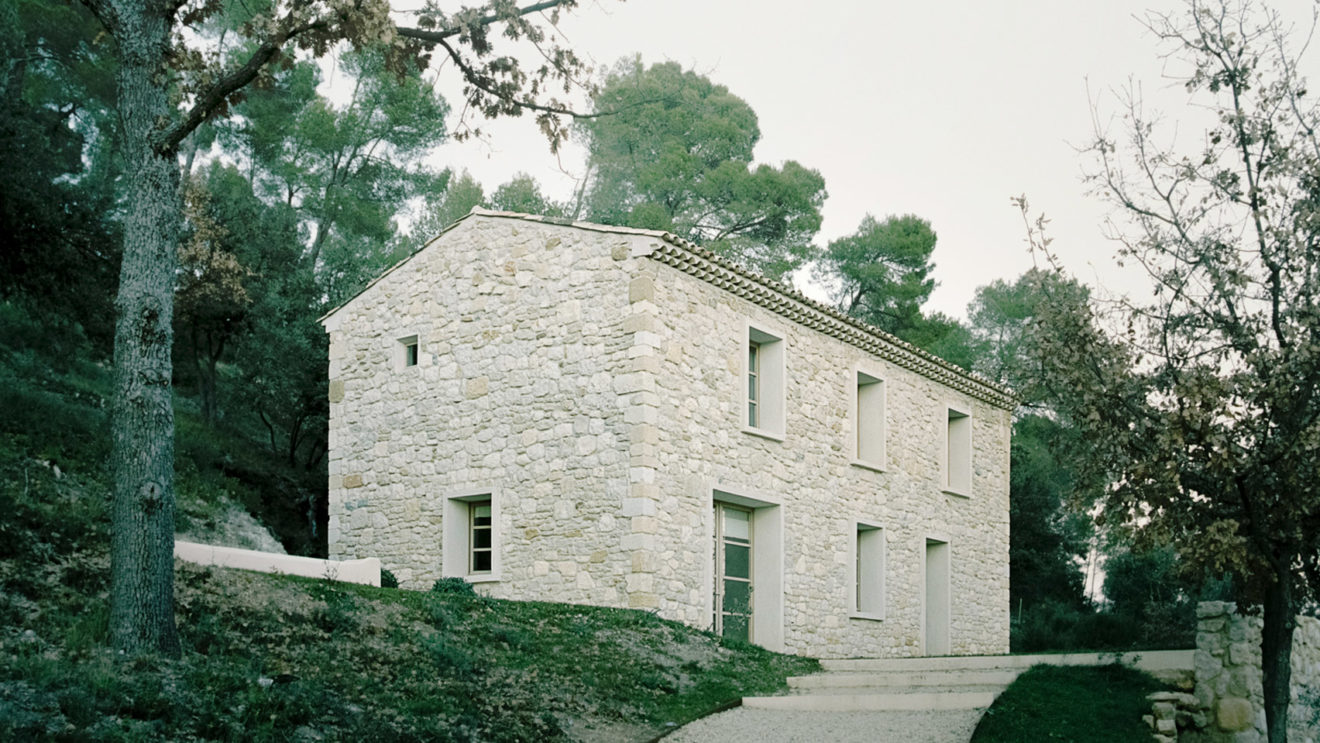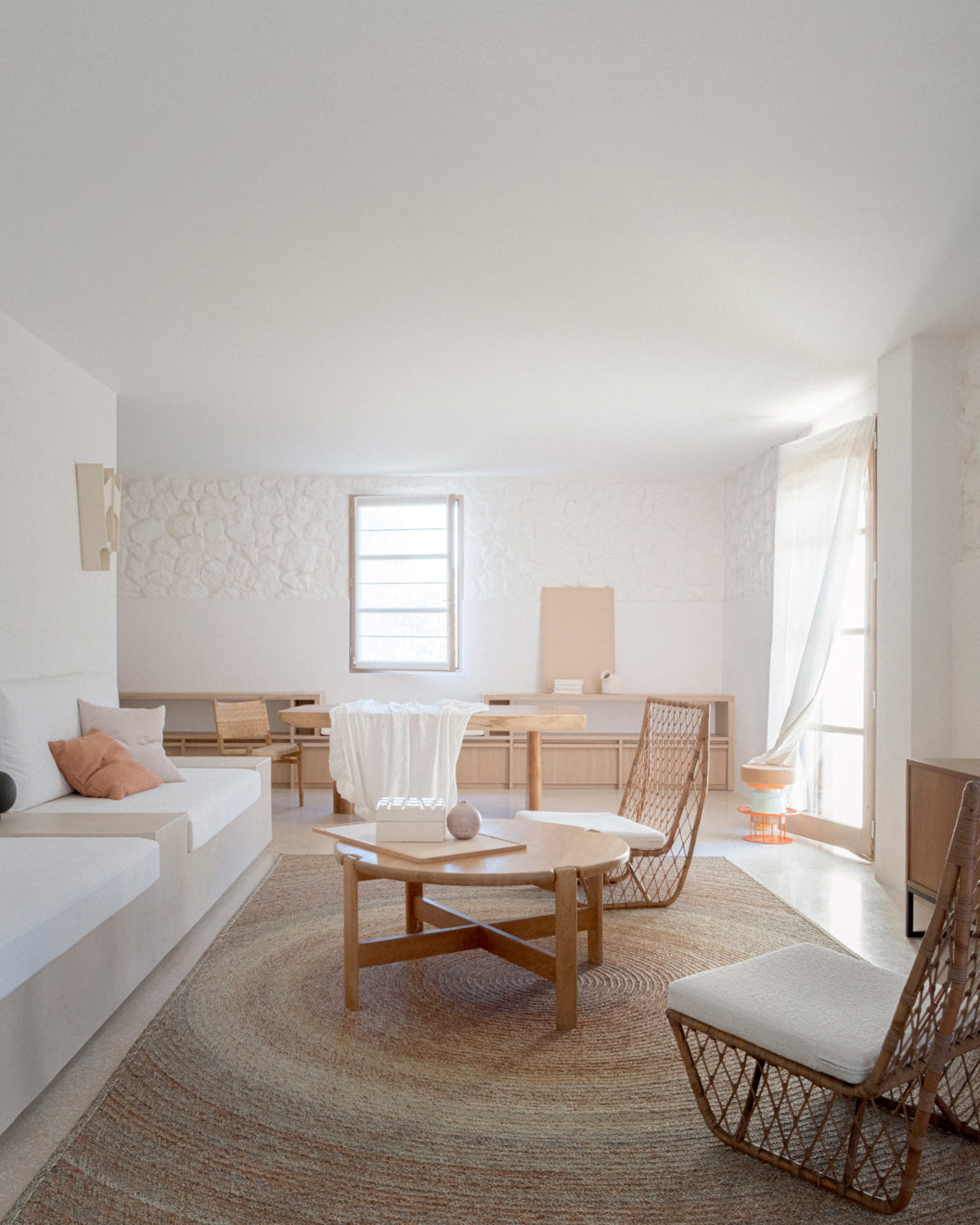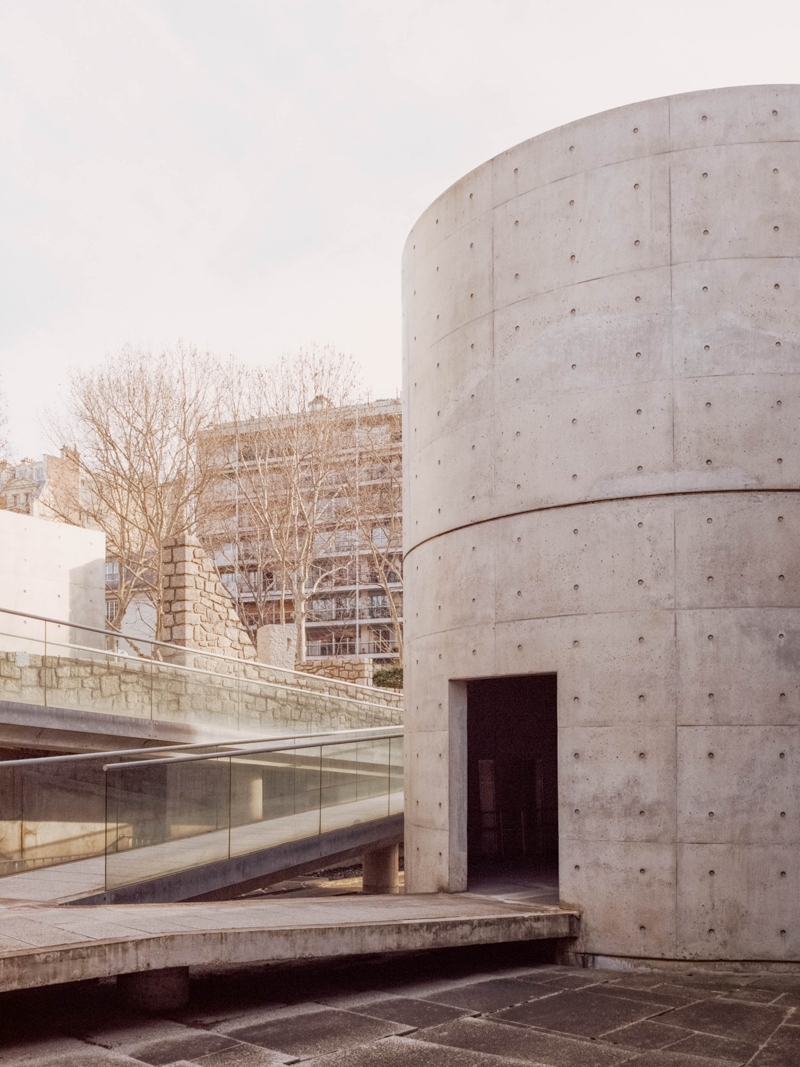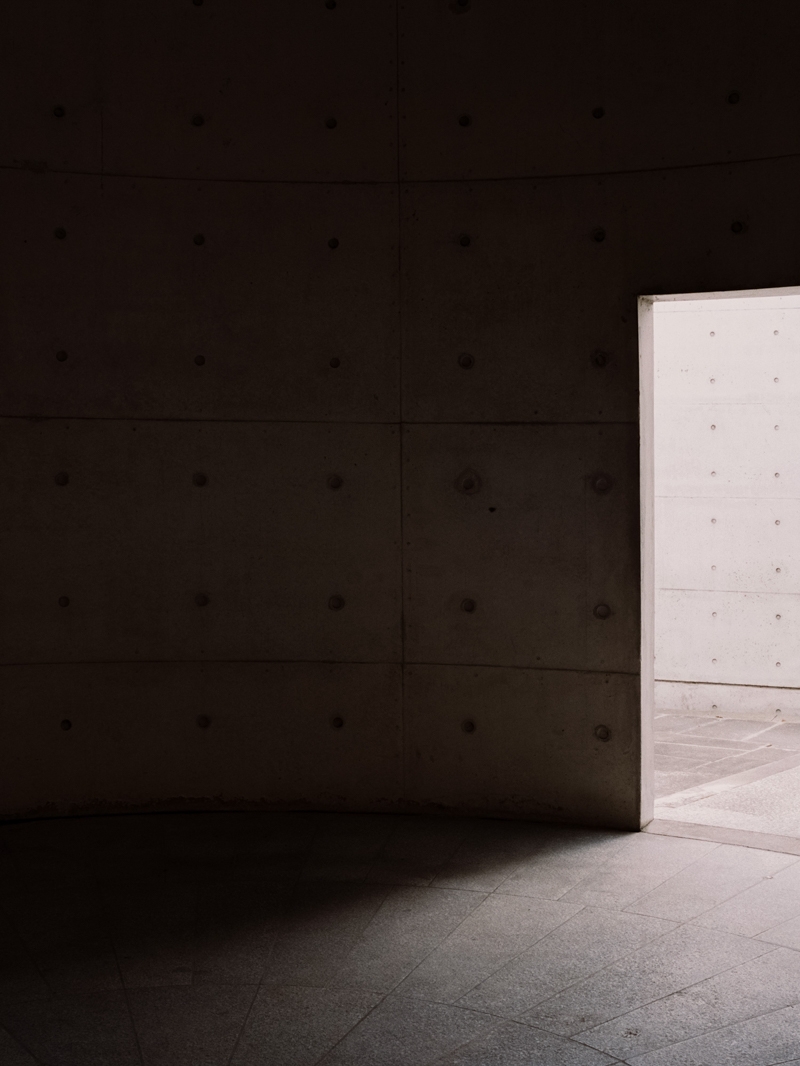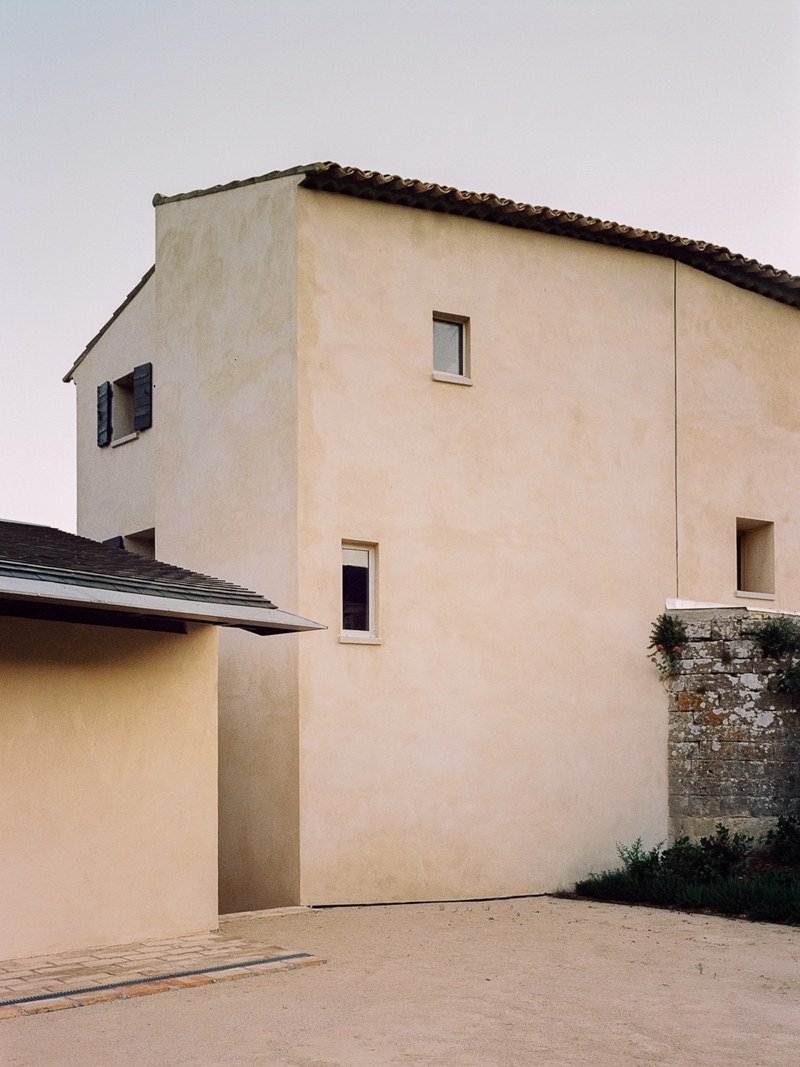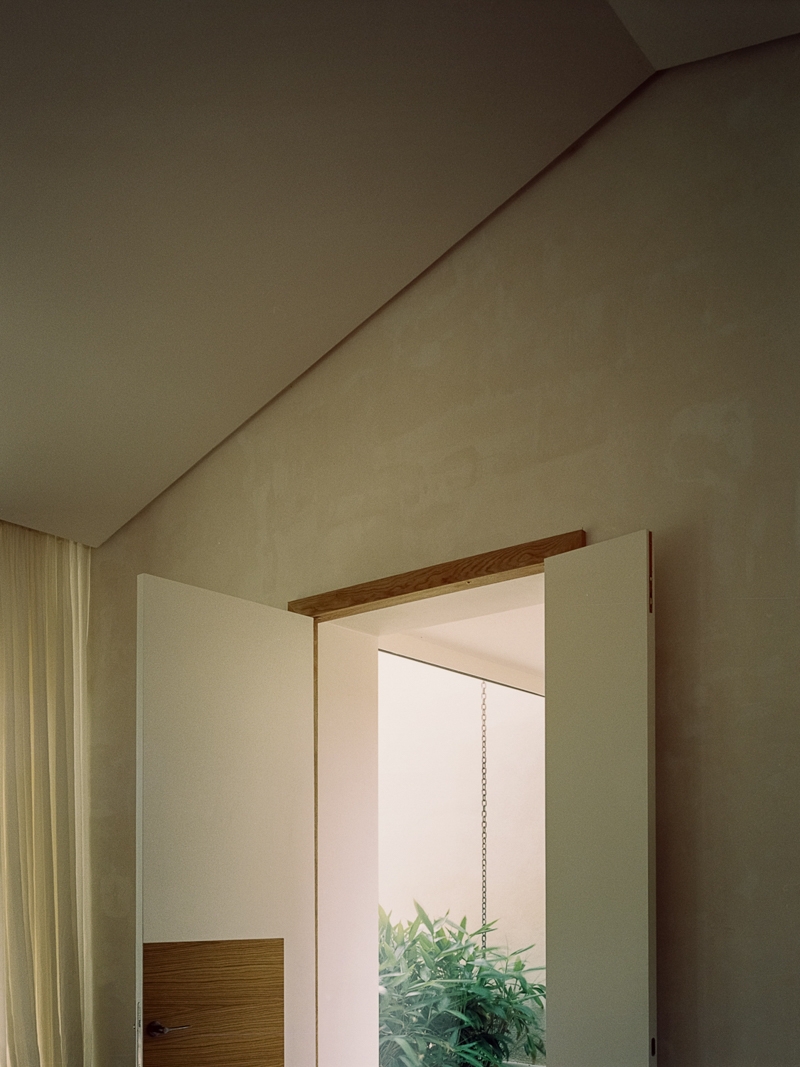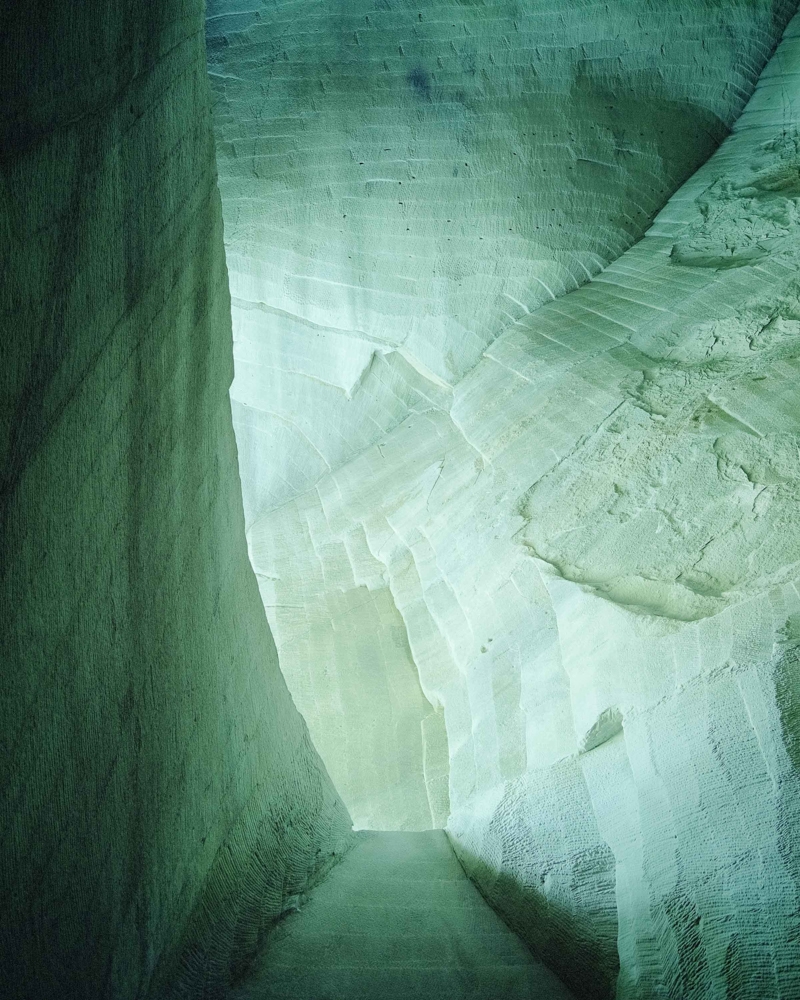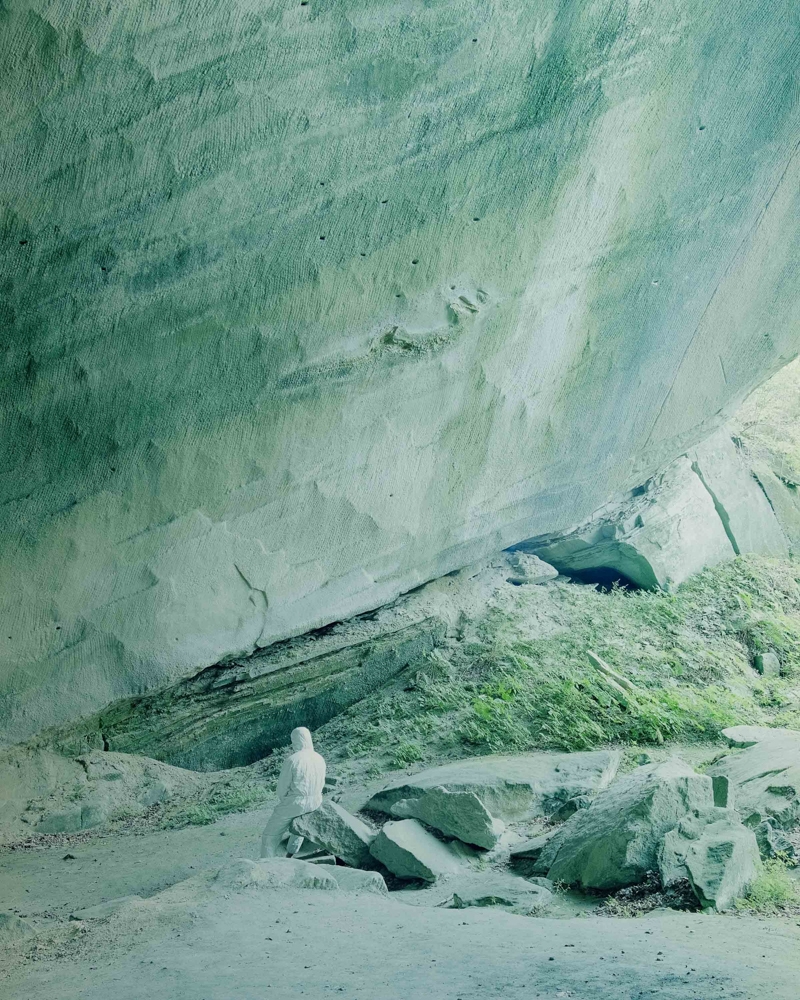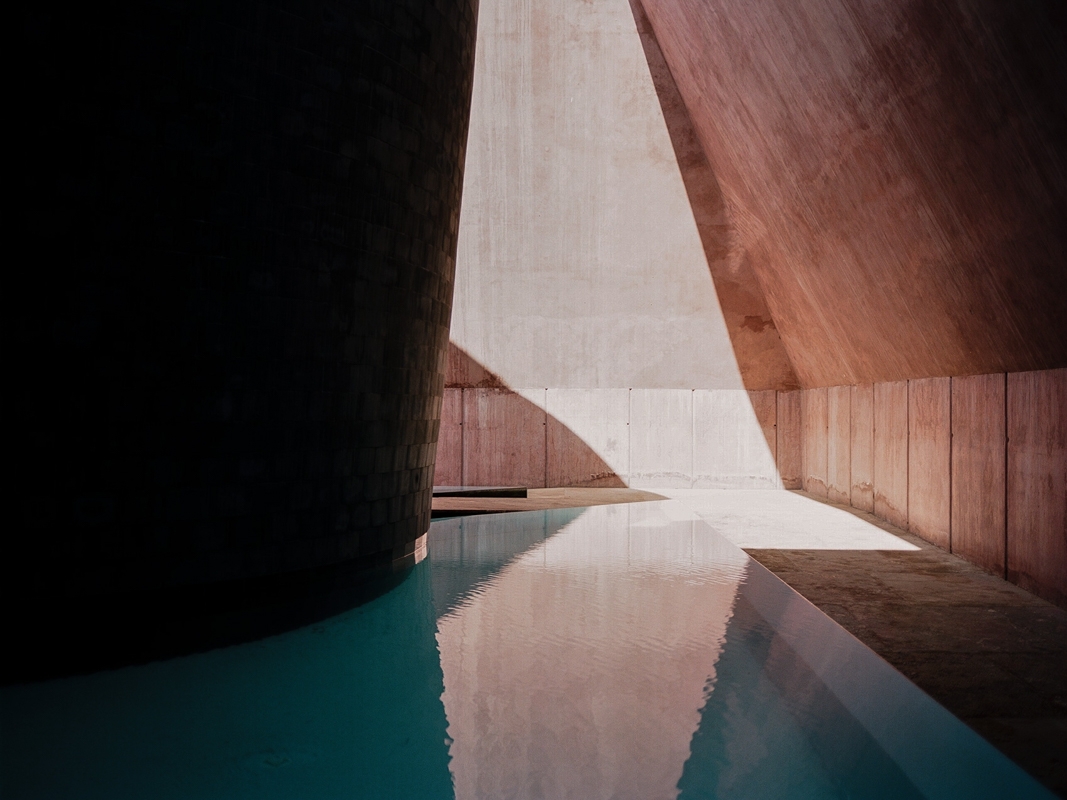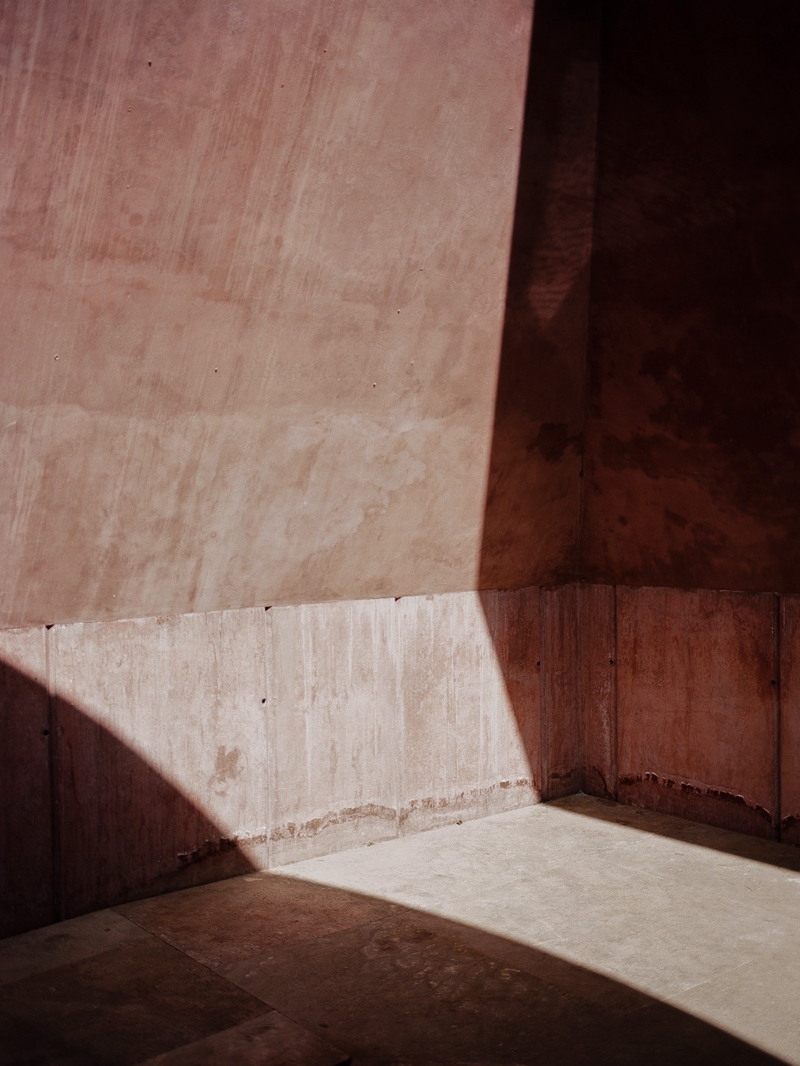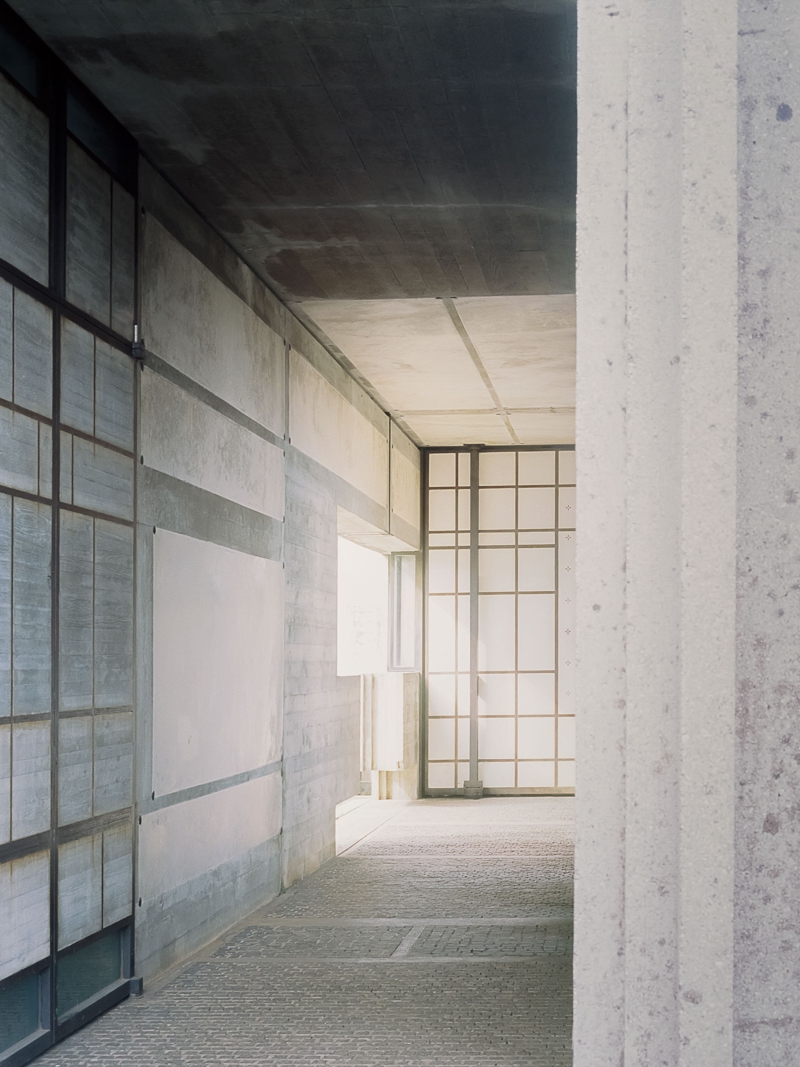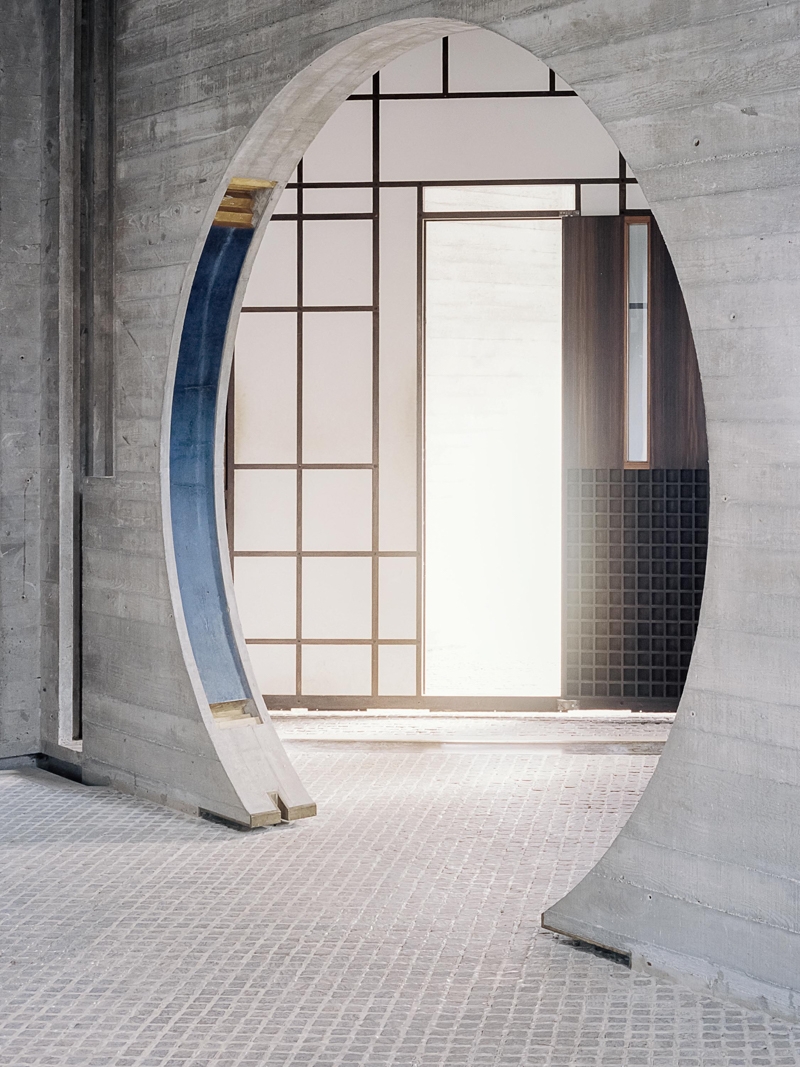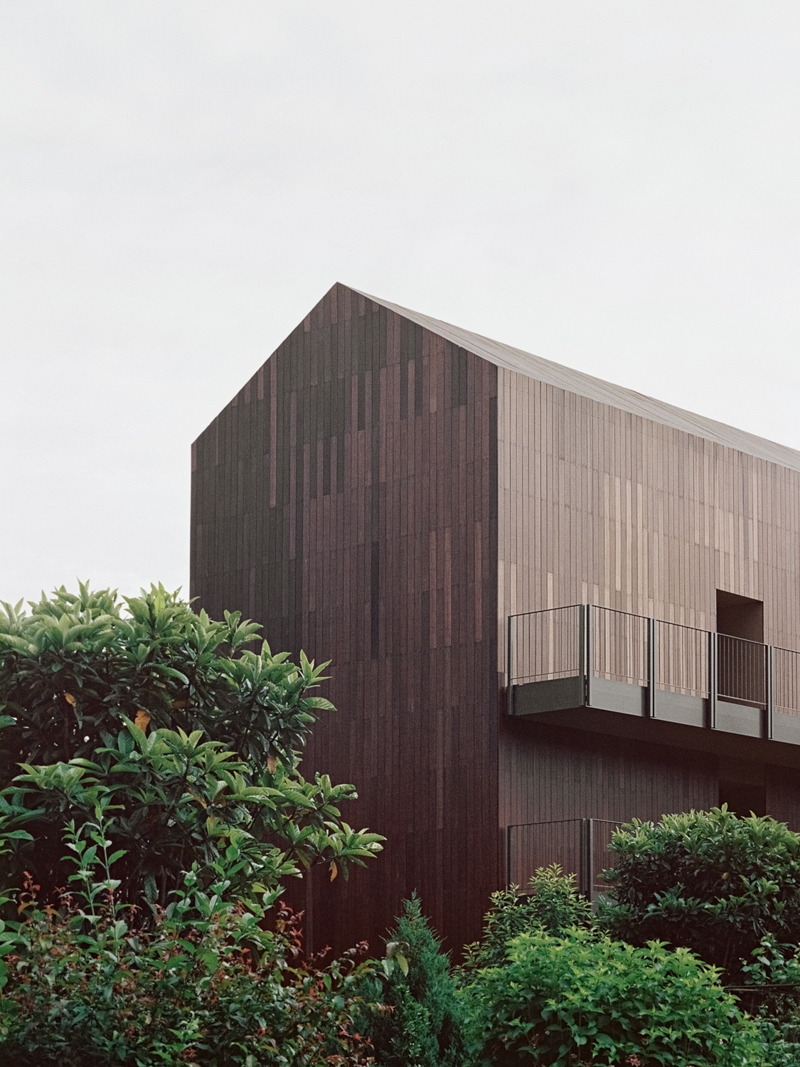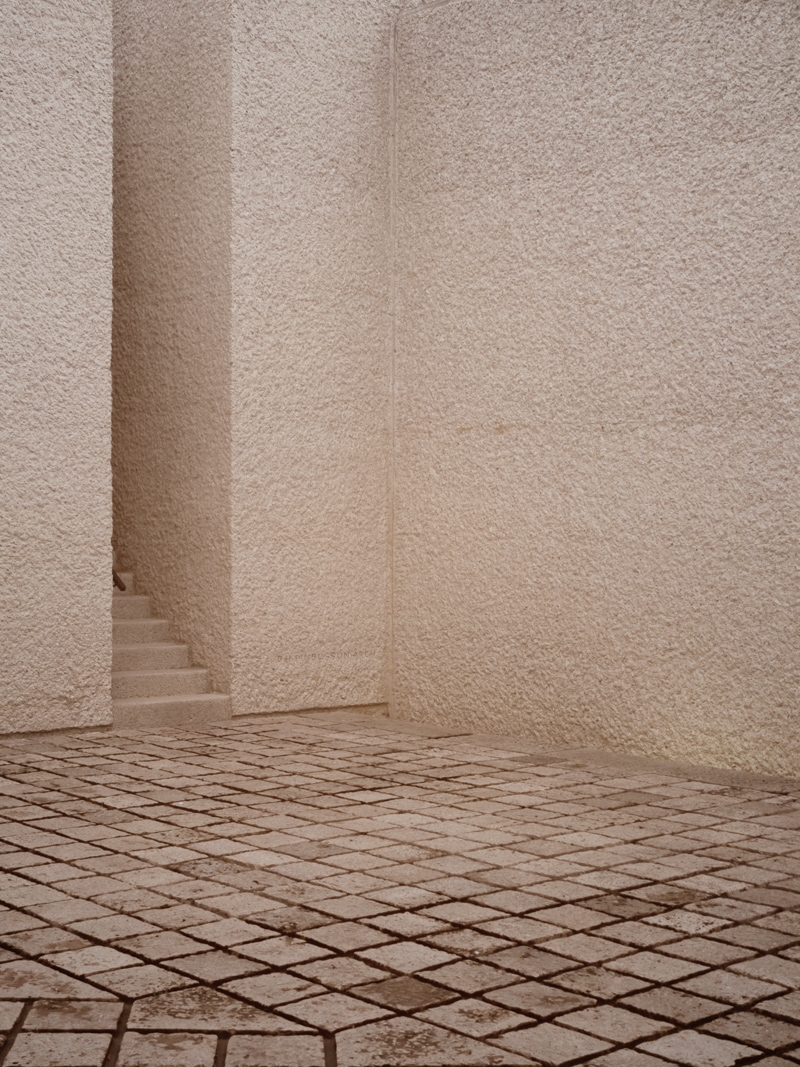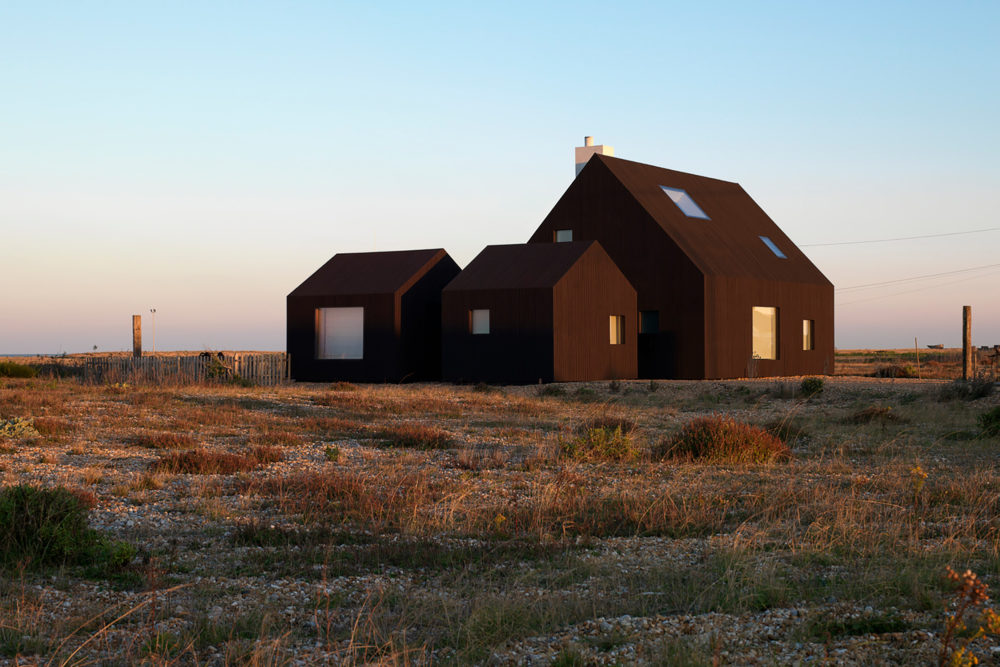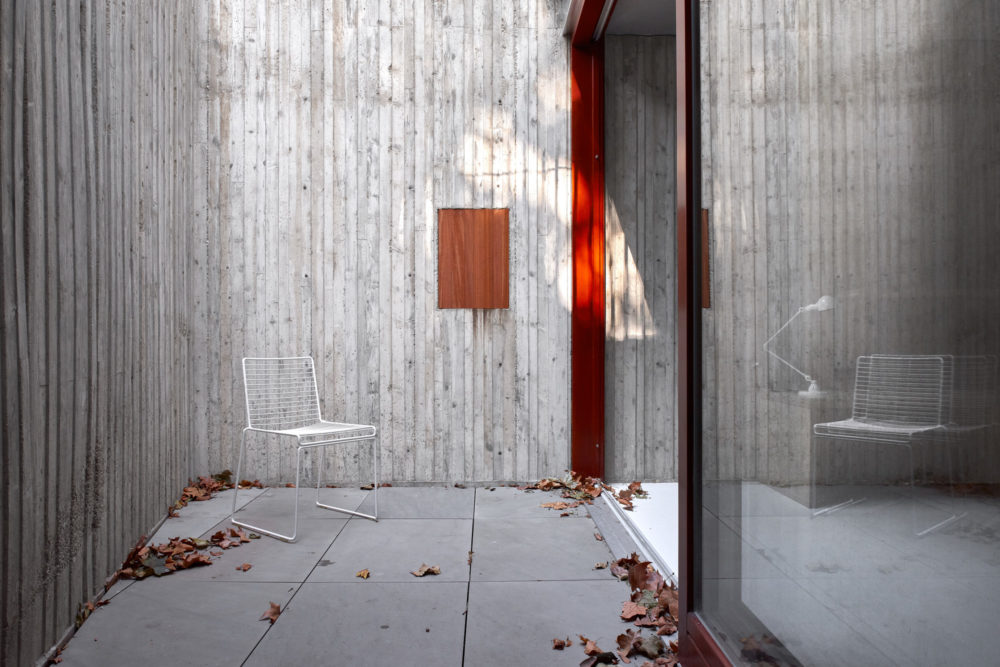Simone Bossi
Architectural and interiors photography is more than the depiction of a physical building in photographic form. It is also a tool to represent the ambitions and ideals of the architect and designers or the homeowners and the way they choose to live. They are photos that tell the story of the building and how its occupants may interact with it. An essential process, it can completely alter how a building or a home is perceived. At Aucoot, one of our core beliefs is in the power and importance of architectural and interiors photography. A way of communicating the beauty, craft, past and future of a home. In this new series, we will be interviewing some of our favourite photographers and learning more about the tools they use to tell the stories of a building.
We’re starting the series with acclaimed Italian architectural photographer, Simone Bossi. Known for his emotive use of light and attention to detail to convey the mood of a space, Bossi has photographed an impressive selection of architecturally-significant commercial and residential spaces around the world. We chat about his recent personal project – a series of images exploring the symbolism of caves – and his preference for film photography.
I’m not interested in simply describing architecture – I like to understand the feelings I can have in a space and work on them. I’m fascinated by all those things that transform a place into a space. I’ve always found it interesting how simple events can create intense atmospheres, transforming the ordinary in something magic. Probably, it’s an introspective and truly intimate process where I try to locate myself in the space and to understand how I perceive the atmosphere. I think this approach is free and spontaneous and through it, I’m able to reveal a feeling in my images. I like looking for the light but I am not scared to reveal the darkness.
I grew up observing my father’s hard work on-site as a builder, I was captivated by the intense way he ‘possessed’ the building until it was completed. I followed him often and I enjoyed all those rough, empty and naked spaces. Sometimes they were cold and there was a strong smell of dust, but there were few moments, early in the morning or at the end of the day when a gentle light came in and all these spaces became so calm, pure and true.
Later, I studied Architecture in Milan and Seville and after five years as an architect between Italy, Switzerland and the Netherlands, I decided to dedicate myself entirely to photography. I have never attended a photography course, I am a self-taught photographer. It was a spontaneous transition from my architectural studies. During my final university years, I had the opportunity to follow an esteemed architecture photographer in Milan. It was here where I understood that being a photographer could be a tough job but it’s just as noble and interesting as being an architect.
There was no conventional path: my interests over time have kept my learning spontaneous, without any restrictions. This process has probably kept some sort of freedom in my approach and a constant need to understand, to experiment and try by myself.
There are many important ones like Luigi Ghirri or Maurizio Galimberti (to name some fellow Italians) but, to be honest, my favourite references aren’t photographers. My inspiration comes from art history: Antonello da Messina, Jan Vermeer, Diego Velazquez, Vilhelm Hammershøi, an endless list!
There are many photobooks on the list, of course, but we need to make a choice sometimes, right? Saul Leiter: In my Room. For its seductive, endless expression of intimacy.
I was born in a digital era and I started out with a standard digital camera. Lately, this has changed deeply and I’ve started to feel more comfortable with slower film cameras.
However, I’m never interested in talking about models and brands because I think this can be really misleading. I strongly believe that the medium is the consequence of an approach and not the other way around. My use of film was born from a personal need for a more thoughtful approach. Shooting digital is in some ways much riskier than with film.
For me, working digitally now is a profoundly different process than it was in the beginning and I shoot much less. Inevitably, everything I learned from the film photography process tries to project itself onto other mediums. Perhaps it’s respecting a personal biorhythm that has learned to approach things with slowness and patience.
Recently, I started an intimate series about the exploration of different caves. These spaces are special architectural symbols – somewhere between natural and artificial. Since ancient times, the idea of the cave has had disparate meanings: from the positive representation of the Mother Earth’s womb that welcomes, preserves and protects, to a darker interpretation as a frightening place – an antechamber to an underground world populated by monsters. The first chapter of this project, (in)Land, was recently exhibited through big fine art prints at the Divario Gallery in Rome at the end of 2019.
Photography can be a way to deeply discover yourself through others. It’s able to bring us close to our inner selves, in the light and in the darkness.
The Second Wind by James Turrell in Vejer de la Frontera, Spain. A magical, pure light and space experience.
Like it or not, photographs published on the Internet are one of the easiest and most influential ways to experience architecture nowadays and so it’s a privilege for me to give my contribution. Everybody knows the power they have. Bad images can damage a nice space and good images can transform a standard space into something special. They’ll be shared and reach a large audience in a few clicks. We all become ‘publishers’ by sharing our own content and this can be positive and negative at the same time.
I’m so glad when I can motivate people to visit a space because of a feeling caused by my photographs. I always give the same importance to the content that’s not included in the frame, leaving it to the viewer’s imagination. I love it when people ask themselves questions about the projects and become unconsciously curious. I like them to feel the need to experience that space by themselves, starting with what they felt by seeing it through my eyes.
I work mainly for architects and increasingly more often with publishers. What I find important is the affinity between us, because photographs have the role of simultaneously revealing the souls of both the architect and photographer. The final result is strongly influenced by that.
In the beginning, when I first started doing photography, I clashed with some of the more direct requests. In those situations, the question itself was the answer and I didn’t get much input. Taking pictures like that didn’t interest me and it didn’t make me feel good. These days, I’m left with a lot of freedom. However, I don’t want people to think that my approach is arrogant. Before a shoot, I always spend some time with the architect and we’ll talk a little about the project but mainly about our personal lives and many other topics. This mutual knowledge and exchange of ideas and concepts will inevitably affect my shots.
In the digital age, social media is the most powerful medium. All those who work with image communication have a very important role to play and a deep responsibility. In fact, in this historical moment that is characterised by an extreme and rapid saturation of images: the digestion of them often becomes chaotic and uncontrolled. The photographer’s careful and critical selection of his work inevitably contributes to the viewers’ education.
At the opposite end of the spectrum, there are exhibitions and books, which both give a slower physical and material level to the reading of the image, positively increasing the critical and sensorial experience had by the viewer.
Too hard to say. I really appreciate different movements and architectural periods in different countries. And generally, I am also more fascinated by fragments and moments of space rather than a single building. I would love to challenge myself in South America right now, perhaps it’s time for Brazil!
See more of Simone’s work on his website, here.

